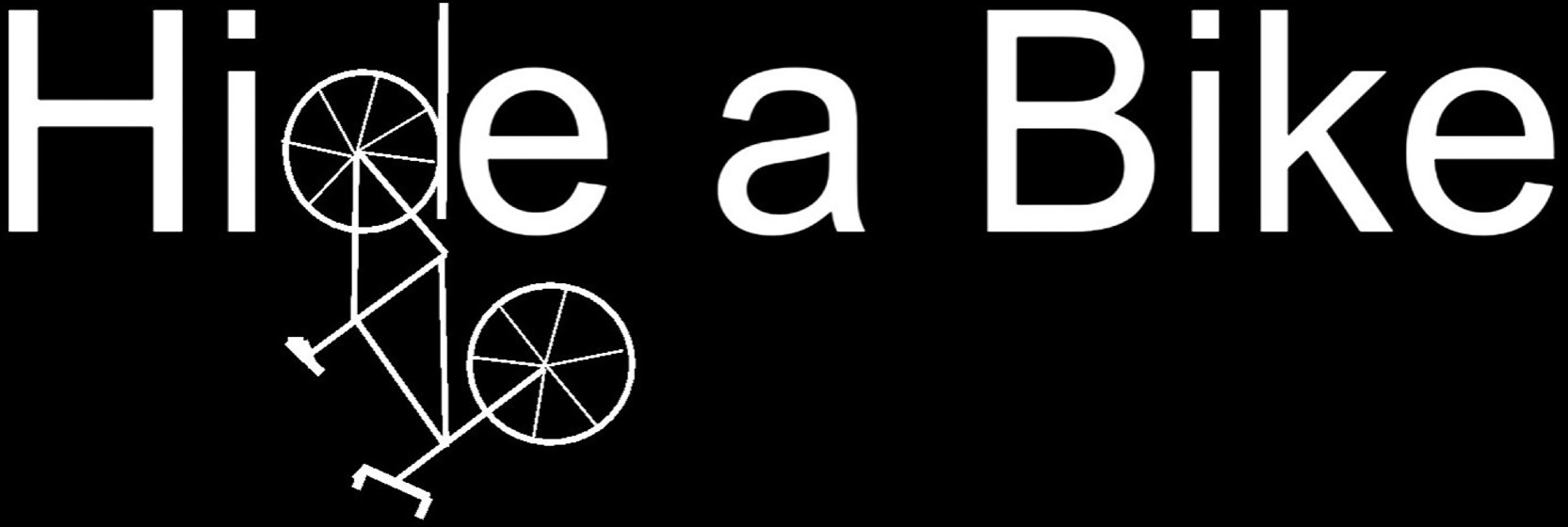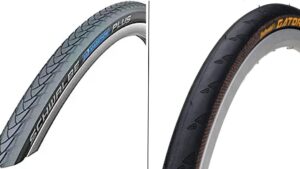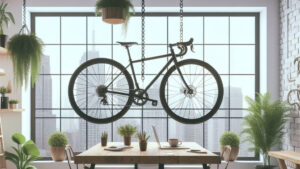How To Pedal Pain Free And Enjoy Cycling Again

Many people give up cycling too early because of avoidable pain and discomfort. Learn how to stay in the saddle for as long as you can.
*This article may contain affiliate ads that help to support this site*
Riding a bike for exercise can be an enjoyable and effective way to stay fit, but unfortunately it can also be uncomfortable. One of the things that breaks my heart is when someone who loves cycling has to stop due to pain or discomfort. Pain in areas such as the wrists, tailbone, and back can make it difficult to enjoy long rides and can even lead to more injuries over time. If this sounds like you, then get ready to hope back in the saddle! In this article, we’ll provide tips and techniques to help you achieve maximum comfort while riding a road bike for exercise, so you can keep riding for many years to come.
1. Get A Bike Fit
You may not be a professional cyclist, but getting a proper bike fit is essential for anyone who cycles often. A proper bike fit will not only enhance your cycling experience, but will also reduce your risk of injuries and discomfort.
The first step to getting a proper bike fit is to be aware of your body’s characteristics. Unique factors such as your height, weight, flexibility, and riding style will all play a significant role in determining your bike fit. You should also consider any previous injuries or medical conditions that may affect your cycling posture.
After you have assessed your body’s unique characteristics you will be able to determine the correct bike frame size. A properly sized bike frame ensures that your body is in the correct position and that your weight is distributed evenly. While sitting in the saddle, your knee should be slightly bent at the bottom of the stroke.
If your leg is completely straight at the bottom of the stroke, then your frame is too tall, or your seat is too high. If any of this sounds intimidating, a professional bike fitter at a bike shop can help you determine the ideal frame size and make any necessary adjustments.
The correct size frame will make a huge difference in your level of comfort, but another critical factor that many people overlook is adjusting the saddle height and angle. The saddle should be at the correct height to allow for a full range of motion while allowing for a slight bend at the knees.
The angle of the saddle can also be adjusted to ensure that you’re comfortable and stable while riding. You want the nose of the saddle to be slightly higher than the back. This may seem uncomfortable, but this will make riding more enjoyable, as most people tend to lean forward slightly while riding. If your saddle is level, you will constantly be slipping forward, and having to readjust.
The position of the handlebars and stem are also crucial components of your bike fit. The handlebars should be at the correct height and angle to allow for a comfortable grip and reduce stress on your wrists and shoulders. If you are riding a road bike for exercise, you will most likely be leaning forward slightly. If you are going on a more leisurely ride, then you will probably be more upright.
It may not be the most fun part of riding a bike, but getting a proper bike fit is an essential aspect of cycling. It will enhance your performance, reduce the risk of injuries, and ensure that you have a comfortable and enjoyable cycling experience. By understanding your body’s unique characteristics and working with a professional bike fitter, you can achieve a proper bike fit that is tailored specifically to you.
2. Wear Padded Gloves
Many people who have been cycling for a long time develop pain in the hands and wrists. Wearing padded gloves is a simple solution that can prevent this pain and improve your cycling experience.
When you ride, a good portion of your body weight is supported by your hands and wrists. This pressure can cause discomfort and pain, especially during long rides. The primary benefit of wearing padded gloves is that they help to reduce pressure on the hands and wrists. The extra padding provides a cushioning effect that helps to distribute the pressure evenly and reduce or even prevent pain.
Another benefit of wearing padded gloves is the improved grip they provide. When your hands sweat, the handlebars can become slippery, which can lead to accidents and injuries. Padded gloves are designed with materials that provide a better grip, even when your hands are sweaty. This improved grip can also help to reduce hand fatigue, making it easier to maintain your riding position and control your bike.
Wearing padded gloves will also help to prevent blisters and calluses on your hands. Blisters form when the skin on your hands rubs against the handlebars repeatedly. Padded gloves create a barrier between your hands and the handlebars, reducing the friction and preventing painful blisters from forming.
Lastly, padded gloves can provide additional protection in the event of a fall. When you take a tumble off your bike, your first instinct is to put your hands out to break your fall. Padded gloves can help to absorb some of the impact and reduce the risk of injuries such as cuts, bruises, and broken bones. As my dad used to say: “No one likes contusions, lacerations, and abrasions.”
3. Experiment With Seat Height And Angle
I know we mentioned this briefly earlier in the article, but saddle position is so important that it deserves its own section. The saddle angle and height are two critical factors that will significantly impact your comfort while riding.
The saddle angle refers to the tilt of the saddle, and it can have a huge impact one your comfort and pedaling efficiency. A saddle that is too tilted up or down can cause discomfort and pain in the pelvis, back, and neck.
To adjust the saddle angle, loosen the bolt under the saddle and adjust the tilt until the nose is just slightly higher than the back. It’s essential to test the angle while riding to ensure that it’s comfortable and doesn’t cause any discomfort. Once you are happy with the angle, tighten the nut up snug and you are off to the races!
The saddle height refers to the distance between the top of the saddle and the center of the pedals. If the saddle is too high, it can cause your hips to rock side to side, which can cause discomfort in the lower back and knees. If the saddle is too low, it can cause your knees to bend too much, which can also cause discomfort in the knees.
To adjust the saddle height, stand next to the bike and adjust the saddle until the top of the saddle is level with your hip bone. When sitting on the bike, your leg should be almost fully extended at the bottom of the pedal stroke with a slight bend in the knee.
It’s essential to make small adjustments when positioning the saddle angle and height. Start with small adjustments and test the changes while riding. It may take some time to find the perfect saddle position, but trust me…it’s worth the effort to alleviate discomfort and pain.
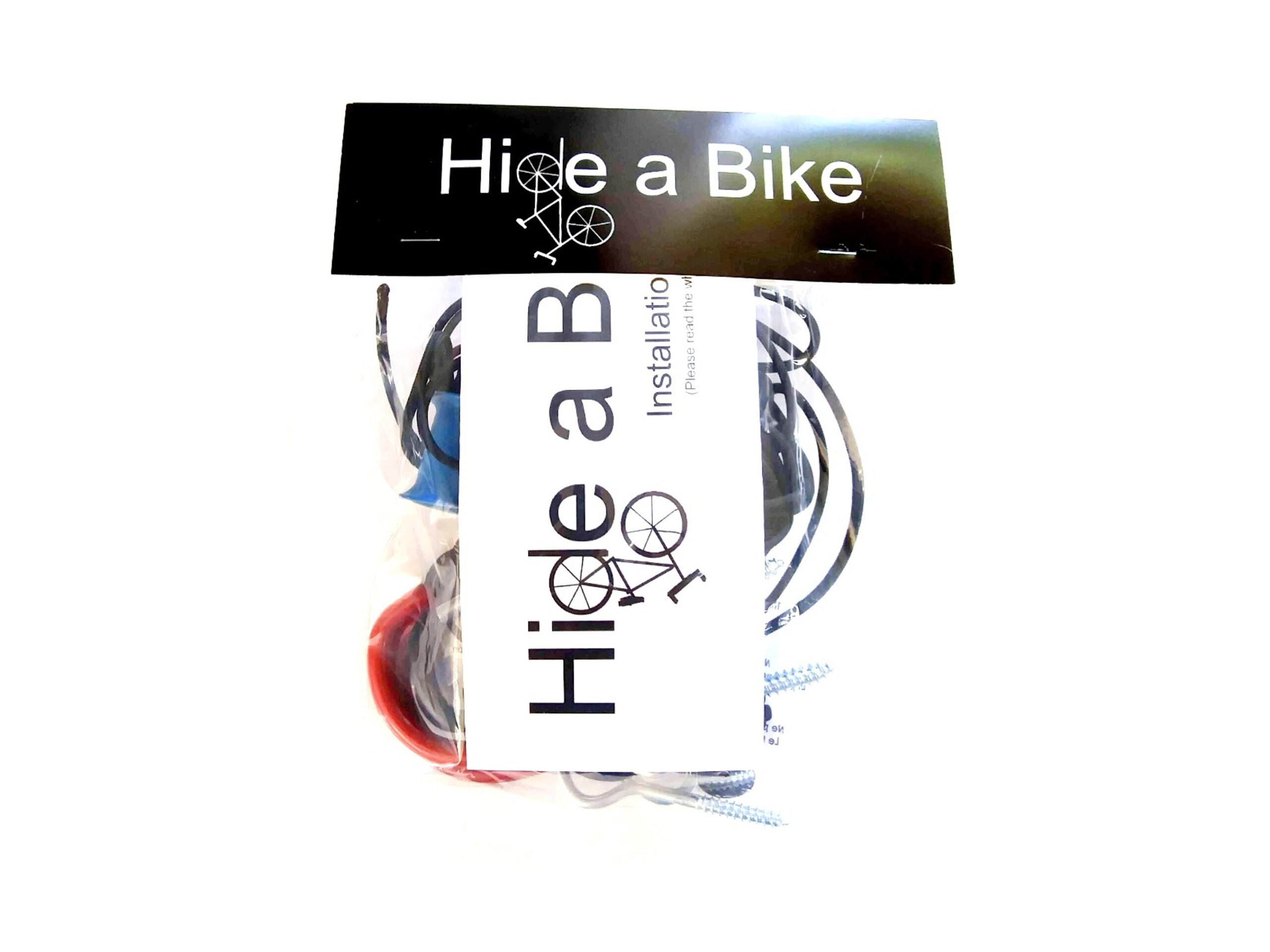
Hide A Bike Kit
Is your garage starting to become a mess? Save space by storing your bikes flat against the ceiling.
4. Try Different Saddle Types
Now we get to the reason most people say they don’t ride a bike…because it hurts their butt. However, this problem is easily remedied by choosing the proper saddle. Believe me, not all saddles are made the same, and an uncomfortable saddle can quickly ruin a ride.
There are various saddle types available in the market, and choosing the right one for your body type and cycling style is crucial. Trying out different saddle types can help you find the perfect saddle that fits you best.
The first step in choosing the right saddle is to identify the type of cycling you will be doing. Different saddle types are designed for different types of cycling. For example, a racing saddle is narrow and lightweight, designed for aggressive riding positions, while a comfort saddle is wider and more cushy for short, leisurely rides.
Once you have identified the type of cycling you will be doing, it’s time for the fun part. You get to go and try out different saddle types. Many bike shops offer saddle demo programs, allowing you to try out different saddle types before making a purchase. Alternatively, you can borrow saddles from friends or rent them from a bike rental shop.
When trying out different saddle types, it’s important to pay attention to how the saddle feels while riding. Is it comfortable, or does it cause discomfort or pain? Does it provide enough support for your body type? Is it too wide or too narrow for your sit bones?
I think the biggest factor that will determine how comfortable you are is the material of the saddle. Leather saddles are durable and provide excellent support but can be expensive. Synthetic saddles are more affordable but may not provide as much support or durability.
In my opinion leather is the only way to go. Yes they are more expensive up front, however leather saddles form to your bones, making them specific to you! They will also last a long, long time, so you only have to purchase them once.
Brooks Saddle Company has been making the world’s best saddles for over 150 years. In fact their flagship product, the B17 Saddle, has been in production that entire time! You don’t make something for over 150 years unless it works, and works well. You just don’t fix what ain’t broke.
5. Use Gel Padding On Handlebars
A common theme throughout this article is protecting your hands and wrists from absorbing a lot of pressure. As we mentioned before, padded gloves can make a big difference. However, gel padding on handlebars is another popular solution to this problem.
Gel padding is commonly used in handlebar tape; a material that is designed to provide cushioning and support. The gel padding helps absorb the shock and vibration that is created while riding, reducing the pressure placed on the hands and wrists. This can help alleviate discomfort and pain and prevent injuries such as carpal tunnel syndrome.
When using gel padding on handlebars, it’s important to ensure that it’s installed correctly. The padding should be evenly distributed and provide support where it’s needed most, namely the areas where the hands come into contact with the handlebars. Remember to adjust the bike fit to ensure that the handlebars are at the correct height and angle to reduce pressure on the hands and wrists.
Gel padding is available in different thicknesses and materials, and it’s important to choose the right one for your needs. Thicker padding provides more cushioning but can also reduce the sensitivity and feel of the handlebars. Softer materials such as cork or foam are more comfortable but may not provide as much support as harder materials such as rubber or silicone.
6. Save Your Butt With Some Padded Cycling Shorts
How do you identify if someone is a cyclist? The butt-padded cycling shorts of course! There is a reason that avid cyclists wear these shorts, and it’s not just to make their butt look good. Probably the most common complaint among cyclists has to be tailbone discomfort, which can be caused by the pressure placed on the tailbone while riding. Investing in a good pair of padded cycling shorts can be a solution to this problem, as they can help alleviate tailbone discomfort and provide a more comfortable riding experience.
Padded cycling shorts are designed to provide cushioning and support to the areas that come into contact with the bike seat, including the tailbone, hips, and groin. The padding is usually made of high-density foam or gel, which helps absorb shock and reduce pressure on these areas. The shorts also provide compression, which helps improve blood flow and reduce muscle fatigue.
When investing in padded cycling shorts, it’s important to choose the right size and fit. You want the shorts to fit snugly without being too tight, and the padding should be positioned to provide the most support and cushioning possible. It’s also important to choose shorts that are made of a breathable and moisture-wicking material, as this will help keep you dry and comfortable during long rides.

Hide-A-Bike Installation Guide
If you want to put together a Hide-A-Bike kit for yourself, just download these easy to follow, step-by-step directions, complete with a full hardware and parts list.
Conclusion
Too many avid cyclists have to quit riding because they start to experience pain. This does not have to be you! Simple adjustments such as repositioning the saddle angle and height, trying out different saddle types, and using gel padding on handlebars can make a significant difference in the comfort of your cycling experience. Additionally, investing in a good pair of padded cycling shorts can provide cushioning and support to alleviate tailbone discomfort and give you a more enjoyable ride. By following these tips, you can improve your comfort and reduce the risk of injuries, allowing you to enjoy the many benefits of cycling for many years to come.
Share This Article With A Friend
Did You Read This Whole Article?
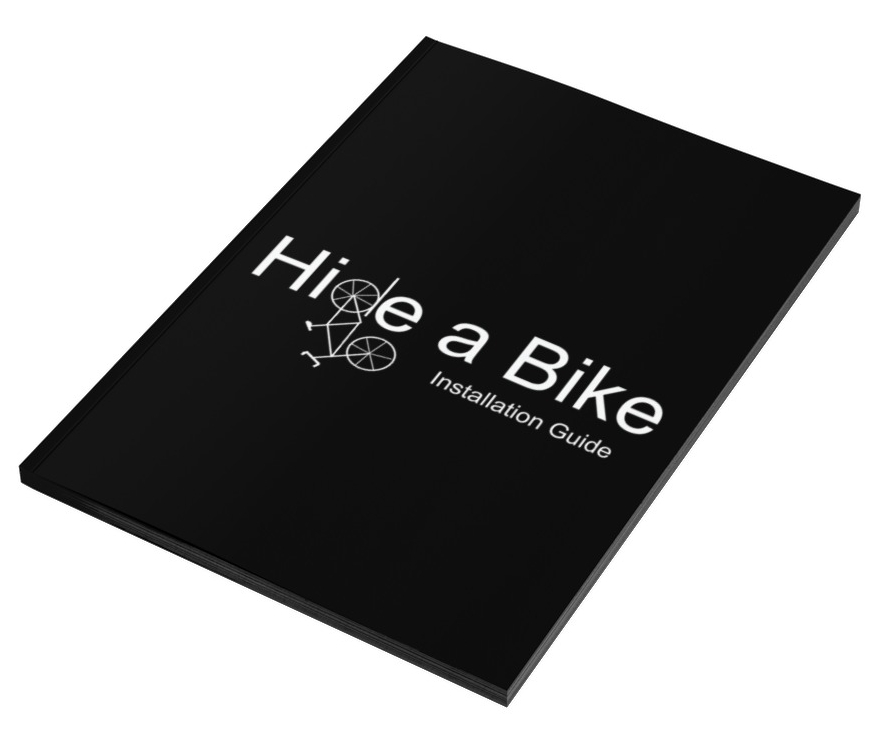
You deserve a gift! Enter your email to receive a FREE copy of the Hide-A-Bike Installation Guide! And once a month we will send you a newsletter with the best deals on the internet for bicycle gear and accessories.
About Hide A Bike

Save space by keeping your bike flat against the ceiling with the original easy and convenient bicycle storage solution.
Thank You For Visiting!

You deserve a gift! Enter your email to receive a FREE copy of the Hide-A-Bike Installation guide. And once a month we will send you a newsletter with links to our best finds on bicycle gear and accessories.
Share This Article:
Most Popular Articles:
Article Categories:
Related Articles:

Wheels Of Change: The Role Of Bicycles For Social Justice

Explore The Unique Bond Of Biking With Your Dog

